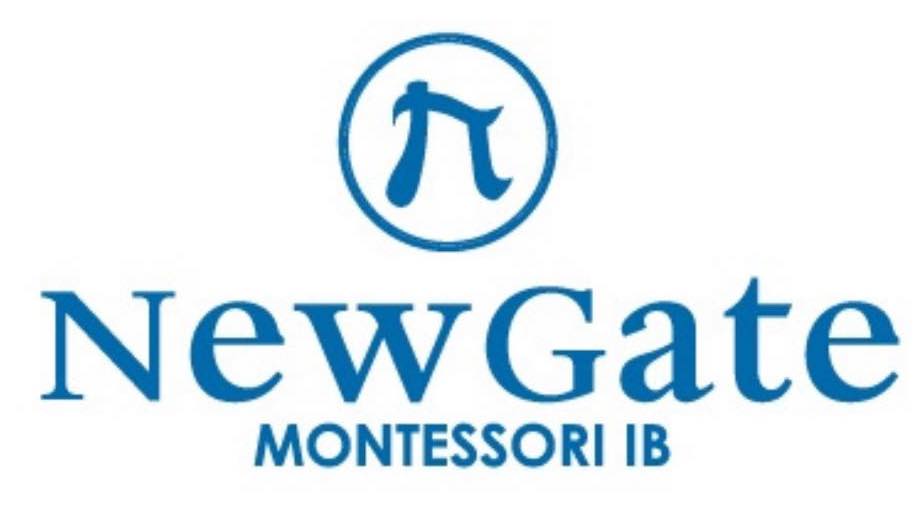Why do teenagers seem so much more impulsive, so much less self-aware than grown-ups? Cognitive neuroscientist Sarah-Jayne Blakemore compares the prefrontal cortex in adolescents to that of adults, to show us how typically “teenage” behavior is caused by the growing and developing brain. Remember being a teenager? Rocked internally with hormones, outwardly with social pressures, you sometimes wondered what was going on in your head. So does Sarah-Jayne Blakemore. And what she and others in her field are finding is: The adolescent brain really is different. New brain imaging research and clever experiments are revealing how the cortex develops — the executive part of the brain that handles things like planning, self-awareness, analysis of consequences and behavioral choices. It turns out that these regions develop more slowly during adolescence, and in fascinating ways that relate to risk-taking, peer pressure, and learning. Which leads to a bigger question: How can we better target education to speak to teenagers’ growing, changing brains?
Sarah-Jayne Blakemore studies the social brain — the network of brain regions involved in understanding other people — and how it develops in adolescents.
